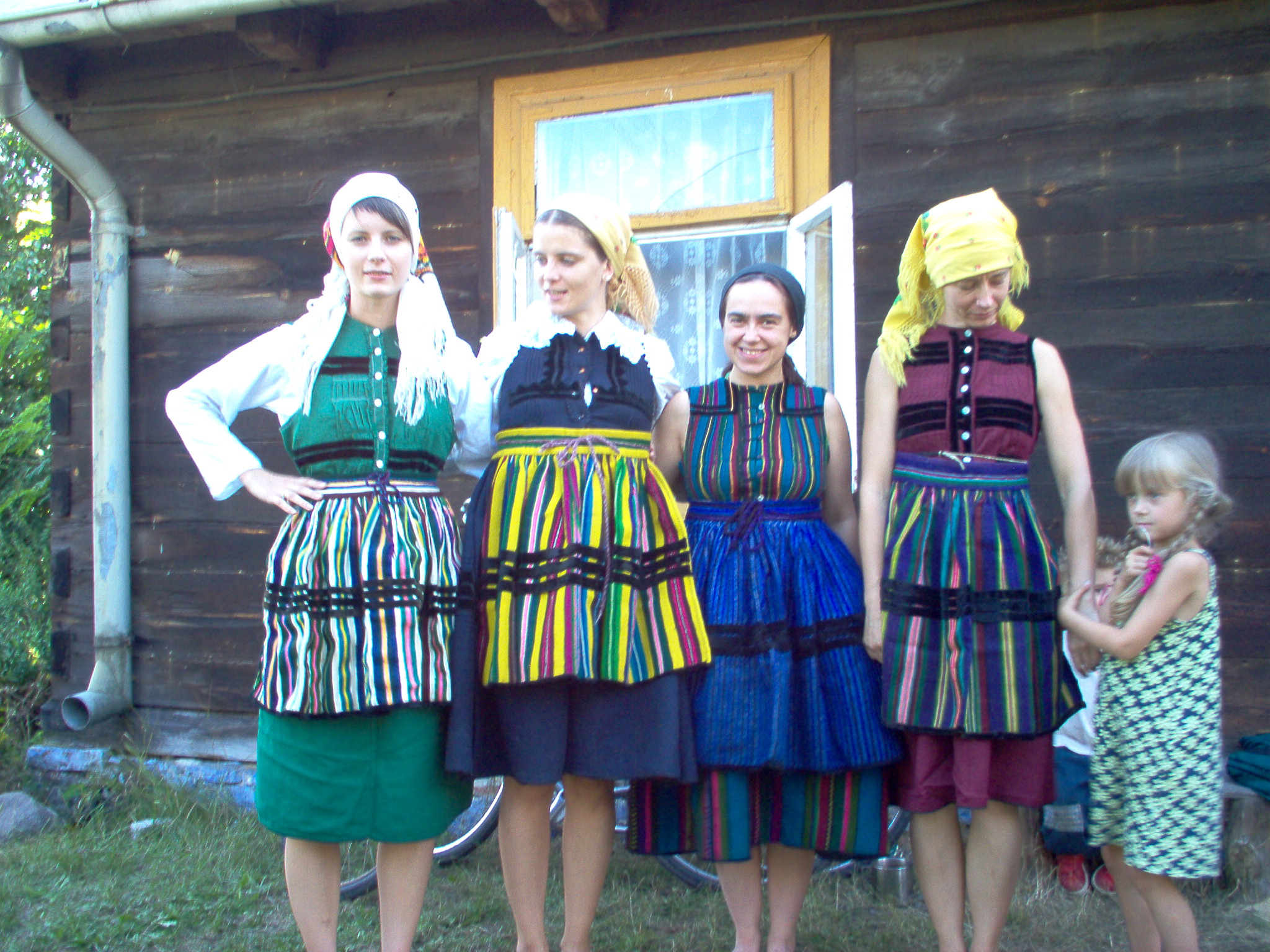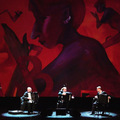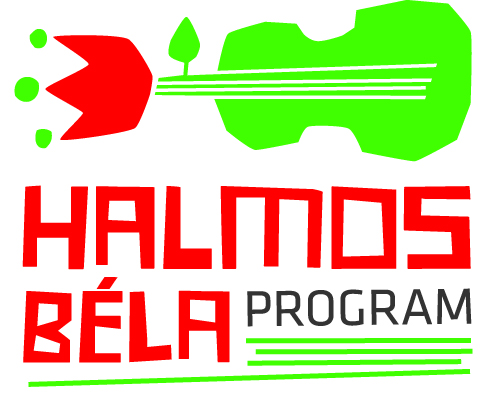The Hungarian dance house movement inspired many initiatives in the world to keep folkloristic traditions alive also beyond the stages and scenes. One of them was a similar movement in Poland in the early 1990s. However this Polish movement also has its predecessors in its own country.
Voice for Peasantry
There are many parallel processes in the history of the Polish and Hungarian society and nationalism. In each case the base of the national consciousness was the social self-awereness of the nobility in the early modern age, but in the second half of the XIXth and in the XXth century the peasants became a very important factor of the political and cultural life as well. (Besides that it is important that from 1795 to 1918 the Poles did not have a national state, they lived in the three big Central and Eastern European empires, namely in the Habsburg Empire (Austro-Hungarian Monarchy), in the German Empire and in the Russian Empire. Poland became an independent state only after the World War I.)
„Movement of the people” had two different meanings in the fields of politics and culture. In Poland the political awereness of peasantry was more strong than in Hungary in the interwar period as well, but also in the years of state socialism, when Polish farmers could save some of their advocacy and representation in public life.
And yet it seems that in Hungary there was a greater enquiry to the cultural treasures of peasants at the same time. The case why the dance house movement was born in Hungary much earlier than in Poland was also that the Hungarian ensembles and folk dance groups were more enthusiastic to find again an authentic styles of performance for folk dances. At the same time Polish ensembles much more kept the style of Igor Moyseyev’s soviet ballet on stages.
The Predecessors
The most important collector of the Polish peasants’ folklore was Oskar Kolberg in the XIX. century.

Oskar Kolberg, great collector of the Polish folklore (Picture from Wikimedia Commons)
He published the results of his journey throughout the Polish-speaking villages in 33 tomes, and these are very important sources of the Polish folklore movements until nowadays.

Jędrzej Cierniak, theatrical director, ethnographer (Picture from Narodowe Archiwum Cyfrowe 1219)
In the first half of the XXth century the famous theatrical director, Jędrzej Cierniak (member of the People’s Party and the Village Youth Organization) started to organize most of the peasants’ theatrical workshops in the villages, and in his plays he used many elements of the Polish folklore. He had a similar role in the history of inscenization of folk dances in the interwar period like Elemér Muharay in Hungary int he 1930s. Unfortunatelly in the World War II., Germans captured Cierniak, and (because of his part in the Polish resistance movement) he was killed in a concentration camp.
The Founders
The legendary co-founders of the Hungarian dance house movement were the members of the Sebő and Muzsikás bands int he early 1970s. After twenty years a similar group rised in Poland under the name Bractwo Ubogich (’Brotherhood of the Poors’). Its members were: Anna Broda, Witold Broda, Jacek Hałas, Remigiusz Mazur-Hanaj, Agata Harz, Janusz Prusinowski and Adam Strug. They started to organize traditional folk dance parties from 1994, and in the next year they found the Dom Tańca (’Dance House’) association, which is nowadays works as Foundation Dom Tańca. In 2002 the band organized its first summer camps in villages, where fans of Polish folklore could meet the old peasant musicians and get to known with their heritage in its own locations.
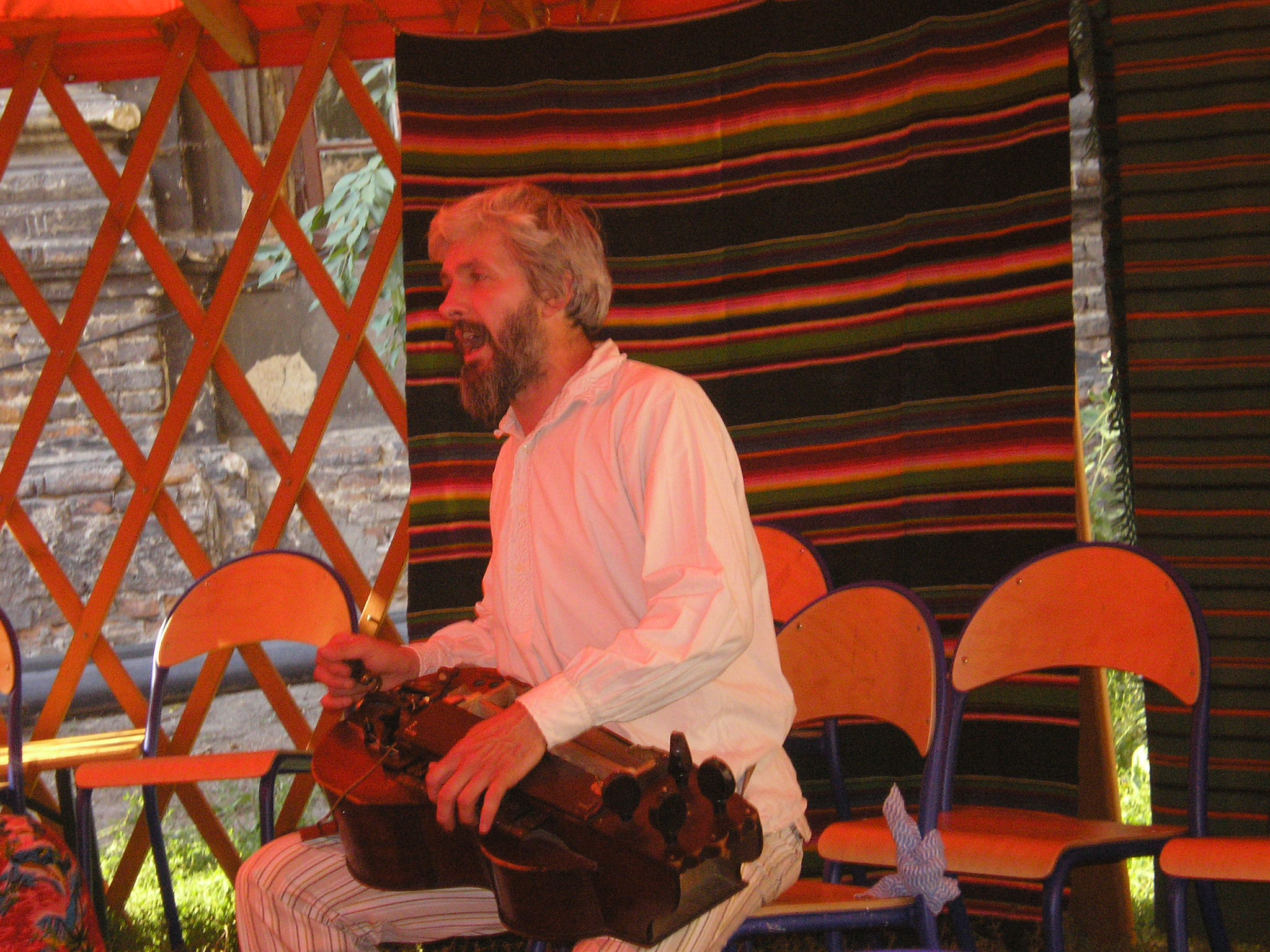
Jacek Hałas, member of Bractwo Ubogich and Muzykanci (Picture from Tumac Vento)
Members of the group Bractwo Ubogich are active musicians to nowadays in folk music groups like Kapela Brodów, Muzykanci and Prusinowski Kompania.
Dances and Meetings
There are two main kinds of Polish folk dances. One of them is the dance heritage of the Górals (Mountain People) in the Tatras in Southern Poland. Their dances are much more similar to the Slovakian and Hungarian dances. (For example they also have men’s solo dances.) The other kind of this heritage is the system of the dances from the plains which belong to the majority of the territory of Poland. They are mainly dances in pairs and they are much less spectacular than these from the mountains. Instructors of Dom Tańca teach dances from the plains (oberek, polka, mazurka) mainly for fun and not for the stage. (However in the last ten years there were interesting experiments to use these dances to theatrical performance as well.) It also seems that the dance house movement succeeded to expand beyond Warsaw as well in the last few years. There are many festivals where fans can meet and the relationship between the Hungarian and Polish movements became more and more stronger.
More Warsaw Return articles here
THE INTERVIEW WAS SUPPORTED BY THE WACŁAW FELCZAK FOUNDATION
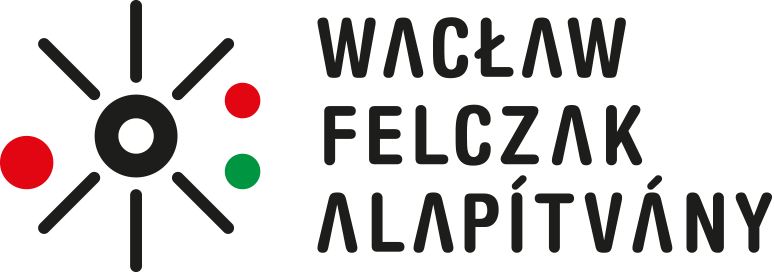

A bejegyzés trackback címe:
Kommentek:
A hozzászólások a vonatkozó jogszabályok értelmében felhasználói tartalomnak minősülnek, értük a szolgáltatás technikai üzemeltetője semmilyen felelősséget nem vállal, azokat nem ellenőrzi. Kifogás esetén forduljon a blog szerkesztőjéhez. Részletek a Felhasználási feltételekben és az adatvédelmi tájékoztatóban.
